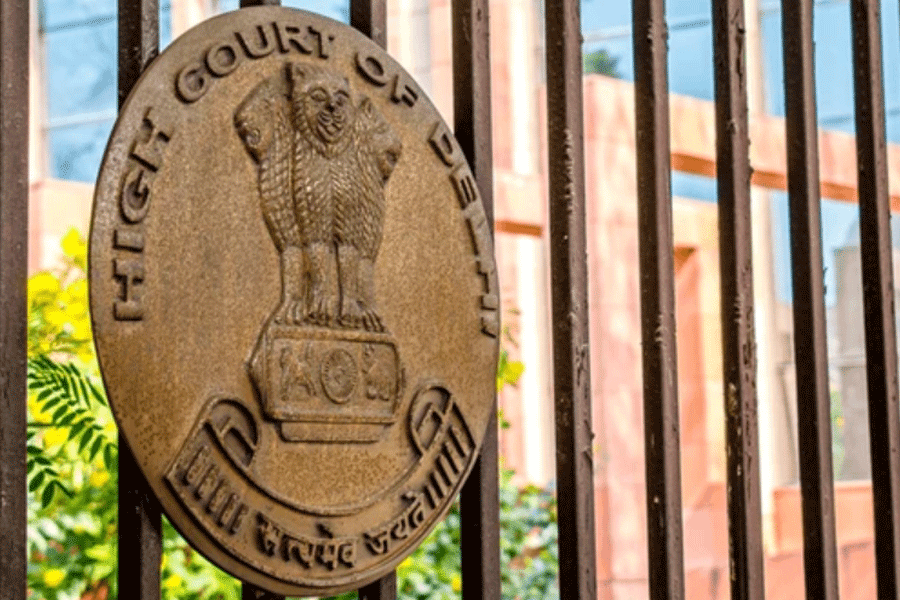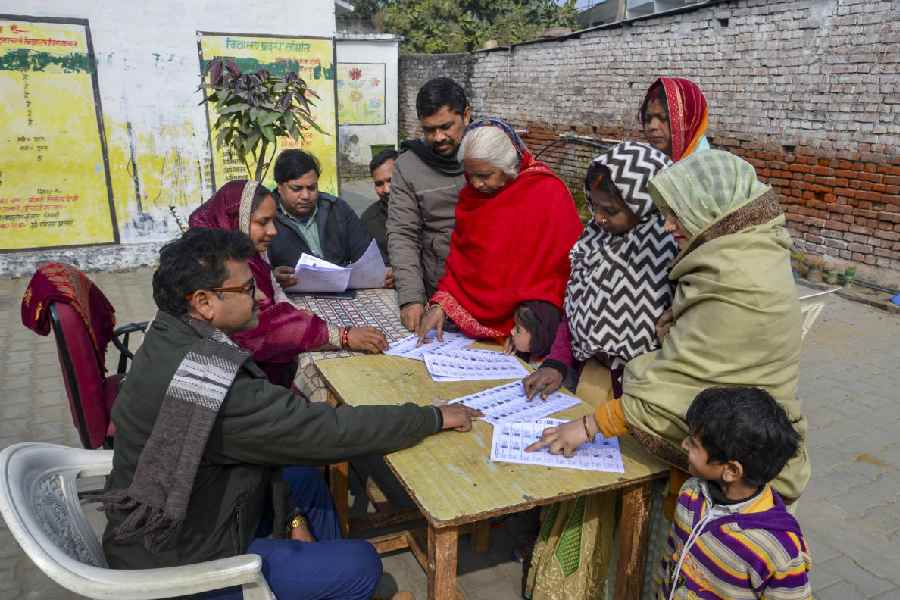
It’s been smooth sailing for OnePlus for the past one year as the Shenzhen-based Chinese smartphone manufacturer continues to capture the heart of the premium phone segment market in India. Celebrations went a notch higher with the launch of the OnePlus 6 two months ago. In fact, the company has gone on to sell over one million units of its latest smartphone in just under a month.
t2 caught up with Vikas Agarwal, general manager of OnePlus India, and Szymon Kopec, product manager of OnePlus, in Delhi on Monday evening to talk about the phone’s success and its new red variant.
Since we last met at the launch of OnePlus 6, the general response to the phone has been great.
Vikas Agarwal: The response has been unanimously great for OnePlus 6 in India, China and in every other market. Within India, good response has also come from Tier I as well as Tier II cities. We now have the critical mass that’s attracting other users; the trust in the brand has increased many times over.
It can be difficult to accept every demand put forward by OnePlus fans…
Szymon Kopec: I totally agree with you that the demands from our community can be very diversified. We just hosted (July 7) the first Open Ears forum in India where the focus was India-specific product discussion. Some of them like the things we are doing and some want us to change certain things. It is about finding a balance between requests and what we can provide. An example: Some of our users want bigger battery. They don’t want thicker phones but better battery life. So we have optimised our software to provide better battery life while keeping the design beautiful.
Will we see the company focus more on software in the coming days because most companies now offer similar specs?
Szymon: Software is key to making a good smartphone. Without optimising our chipset or optimising our RAM management, and without camera support, the final product won’t be great. As a product team, our focus at the moment is software, specifically OxygenOS.
You didn’t get into the artificial intelligence space for the sake of it…
Szymon: That has become more of a marketing tool than a product. We believe in solving user problems, and some of them can be solved with AI and some without. We are not like: ‘Hey, let’s introduce AI because most people are doing so.’ Last year was about AR (augmented reality) and next year will be about something else. Product is all about user experience and not about buzzwords. We believe that AI is very good in solving some problems and this is where we work closely with Google. They do AI best in the market.
Coming back to Tier II cities, that must be an important market?
Vikas: What we have noticed is that big cities continue to grow at the same pace as before; we are creating a ripple effect that’s making other people try our phone. Tier II cities now know about OnePlus but these are places where affordability is an important factor. But what we are now seeing is a penetration of e-commerce and as that happens, tastes will change.
Also we are opening offline stores as and when we realise there is awareness about the brand in a city. This year we have had 10 pop-ups, earlier we used to do that in three cities only. This year we will open 10 offline authorised stores, some of which will be in Tier II cities. Ahmedabad, Hyderabad, Pune... all these places are getting stores.
As a brand we will continue to be an online brand first because that’s our global model. From growth perspective, this is an investment towards the future. Sixty-five per cent of people are still buying offline. Today we are the second largest brand (in the premium segment) and we will probably become number one with OnePlus 6.
When you launched in 2014, it was a phone mainly for techies. Who are your customers now?
Vikas: From a study that we have conducted, we found that 70 per cent of our customers are college educated. Outside the tech community, working professionals are using OnePlus. They don’t want to overpay or cut corners. Also the student category is important. They may not have the purchasing power but they have influence over friends and parents. When they join the workforce, they will look for a premium product.
Are you going to continue with the one-phone-per-year strategy?
Vikas: When a person buys a product, he or she doesn’t want to make compromises. Why our product is better is because we make only one device a year (if the ‘T’ version is not taken into account). You don’t have to worry about battery dying or phone heating up when playing a game or think about the phone becoming sluggish. And the product is of premium quality.
Look at the products around you; many of them won’t last beyond six months or one year. Then comes pricing. We know our product is sensibly priced and we will manage to sustain the company in the long run. If we cut prices to impractical levels, then sooner or later we have to cut corners. Many companies are arriving at their pricing based on the pricing of its competition, which is not a sustainable model. I can price the product at Rs 40,000 (OnePlus 6 starts at 34,999) and still sell the same number of units.

Power of red
We keep innovating on the design front. Previously, we have experimented with different materials. Similarly, we have experimented with colours. The response we have had for lava red (5T) was phenomenal. Our community had given us a great feedback and here we are with the red version (Rs 39,999; Amazon.in, July 16) — Szymon Kopec, product manager of OnePlus










